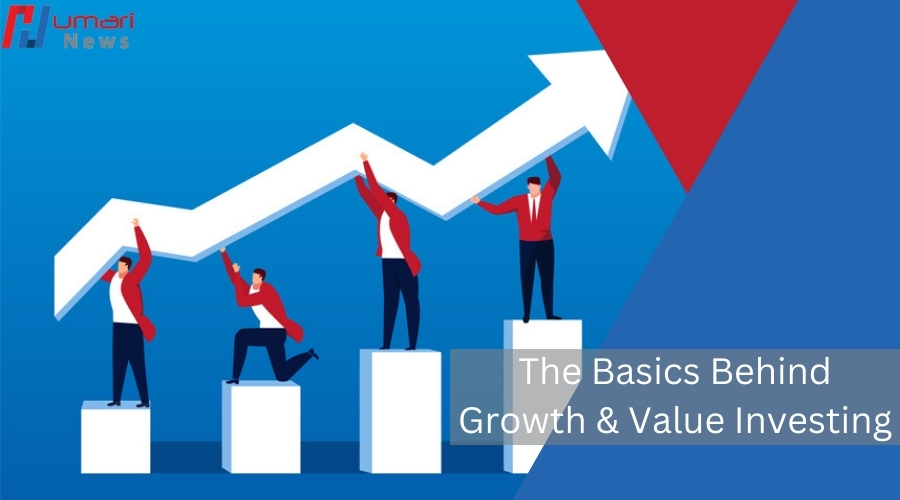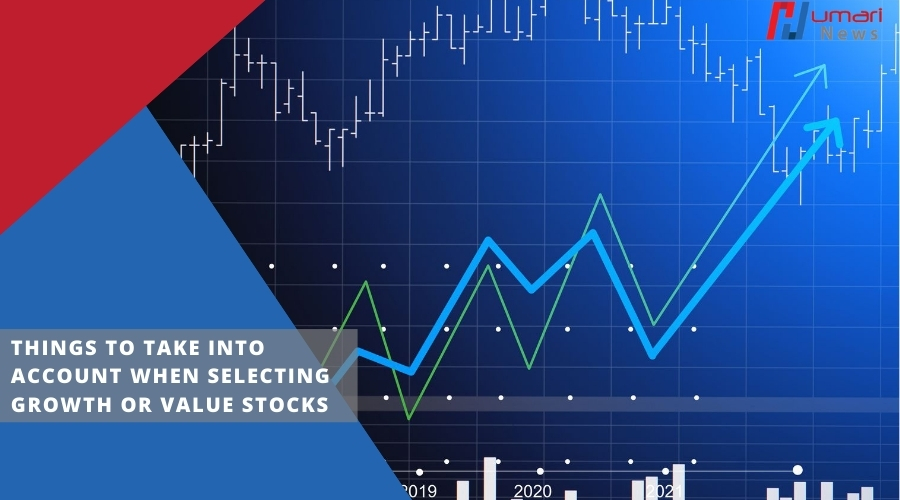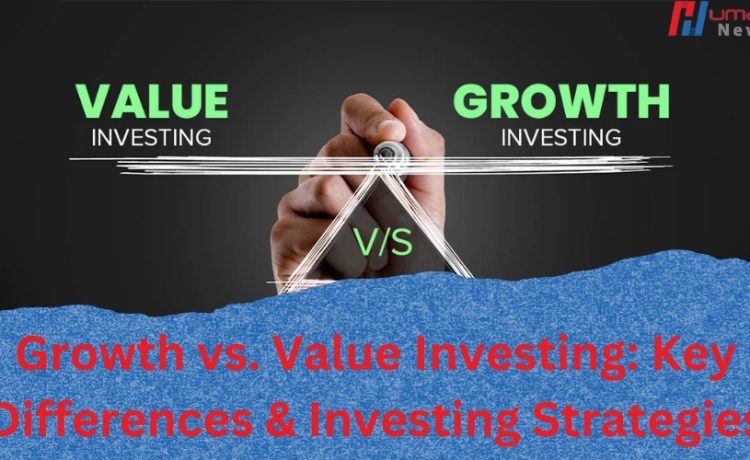Growth vs. value investing are distinct investment techniques that seek different types of opportunity. Understanding these investment styles is critical for investors seeking to align their investment decisions with their financial objectives and risk tolerance.
This guide seeks to help you understand the distinctions between growth and value investing and identify which strategy is most suited to your investment goals.
The Basics Behind Growth & Value Investing

There are fundamental contrasts between value stocks and growth stocks. In the following sections, we look at the distinctions between the two strategies to assist investors understand how they might fit into their overall portfolio allocation.
What is Growth Investing?
Growth investing is about buying stocks of companies that show signs of growing faster than others even if the stock price seems high when compared to metrics like price-to-earnings ratios. Investors who use this strategy believe that the company’s profits will increase in the future which will make the higher stock price worthwhile.
Popular growth stocks include big technology companies such as Amazon and Google. These companies have made a lot of money in the past because they come up with new ideas and are very successful in the market.
What is Value Investing?
Value investing means choosing stocks that seem to be priced lower compared to their true worth which is figured out by looking at the company’s basic information. Value investors look for stocks that the market thinks are worth less than they actually are. They believe these stocks will make more money when the market realizes its mistake.
Value stocks are usually older and steady companies that give out regular payments to investors. This makes them appealing to investors who prefer lower-risk options. Berkshire Hathaway which is run by Warren Buffett is a well-known example of a value stock. Many people consider it a classic value stock because it owns a variety of undervalued companies and is managed in a careful way.
Many investors like to include Berkshire Hathaway in their value investing portfolios because the company has a strong track record of doing well over time and consistently growing.
Important Distinctions Between Growth and Value Investing
Growth and value investing have different ways of choosing and evaluating stocks. Growth investors focus more on a stock’s potential for big growth in revenues and earnings in the future rather than its current price compared to its fundamentals. Value investors look to buy stocks at a lower price than what they think the stocks are really worth.
Performance in Market Conditions
Growth and value investing can perform very differently depending on the type of market we are in. Growth stocks usually do well when the economy is growing because investors are willing to pay more for companies that are making a lot of money.
On the other hand, when the market goes down value stocks usually do better because people see them as safer investments since they are priced lower than they should be.
Historical Performance and Cyclicality
In the past growth and value investing have had periods of success that come and go in a cycle. There have been times when growth stocks did much better than value stocks and other times when value stocks did much better than growth stocks.
This repeating pattern shows that various factors like the economy world events and specific industries can affect how well each strategy works in different ways.
The chart below gives a basic comparison of the differences between value and growth stocks in different areas.
| Characteristic | Value Stocks | Growth Stocks |
| Price Metrics | Typically have lower price-to-earnings ratios. | Usually have higher price-to-earnings ratios. |
| Market Perception | Seen as under-priced compared to their intrinsic value. | Considered to be more expensive at present earnings. |
| Dividends | Often pay higher dividends. | May pay little to no dividends, reinvesting profits into growth. |
| Risk | Perceived as lower risk due to undervaluation, and tendency to be in more mature business stages with more stable earnings. | Greater expectations and valuations make it viewed as a riskier investment. |
| Investment Appeal | Attractive during economic downturns or market corrections. | Favored in bullish or rapidly growing economic environments. |
| Company Characteristics | Mature companies with stable earnings. | New or developing businesses with strong growth rates. |
| Earnings Growth | Slow to moderate earnings growth. | Rapid earnings growth. |
Things to Take Into Account When Selecting Growth or Value Stocks

Before choosing to invest in growth or value stocks, investors should consider the level of risk they are ready to accept, their investing goals, and current market conditions.
For example, people who are okay with taking more risks might like growth stocks because they have the chance to make more money. On the other hand, people who are more careful with their money might choose value stocks because they are seen as safer.
Conclusion:
In conclusion, understanding the key differences between growth vs, value investing is essential for investors seeking to optimize their portfolio allocation. By evaluating factors such as risk tolerance, investment goals, and market conditions, investors can make informed decisions about whether to pursue growth or value stocks. Ultimately, a well-balanced portfolio that combines elements of both strategies may offer the best opportunity for long-term success.







